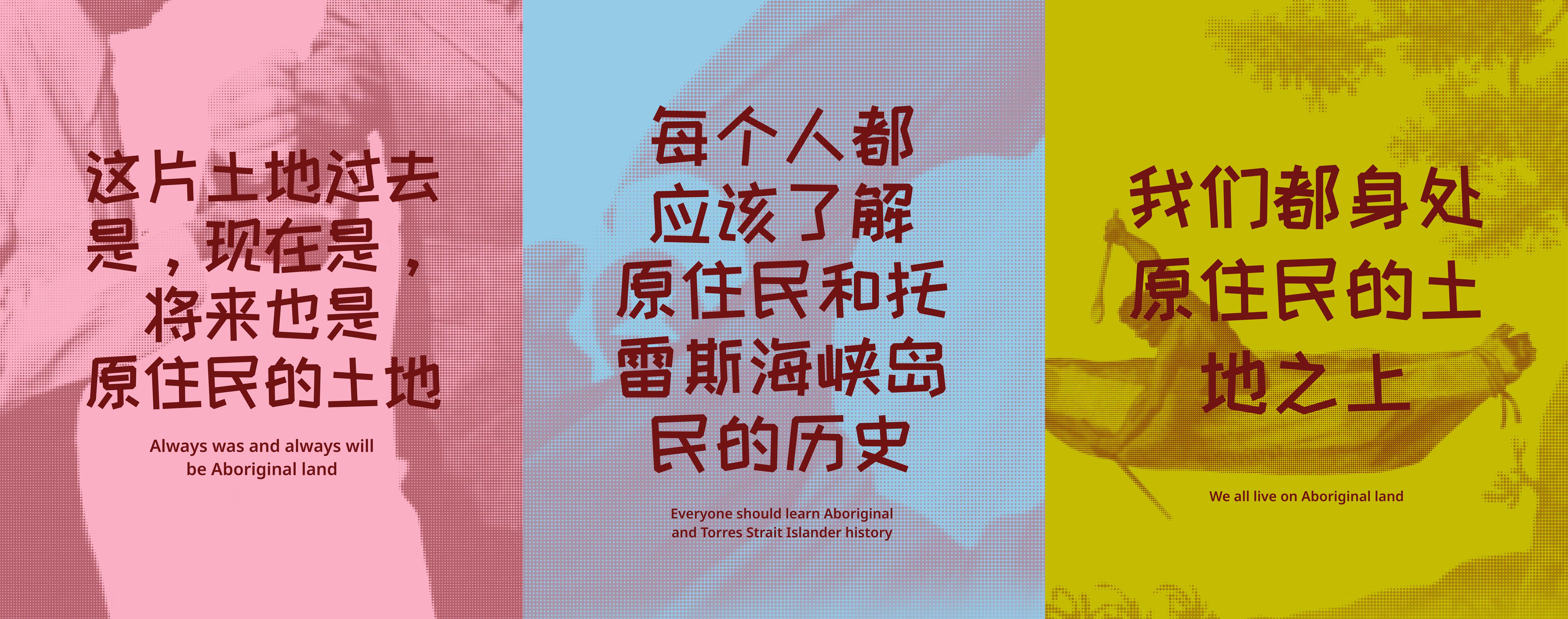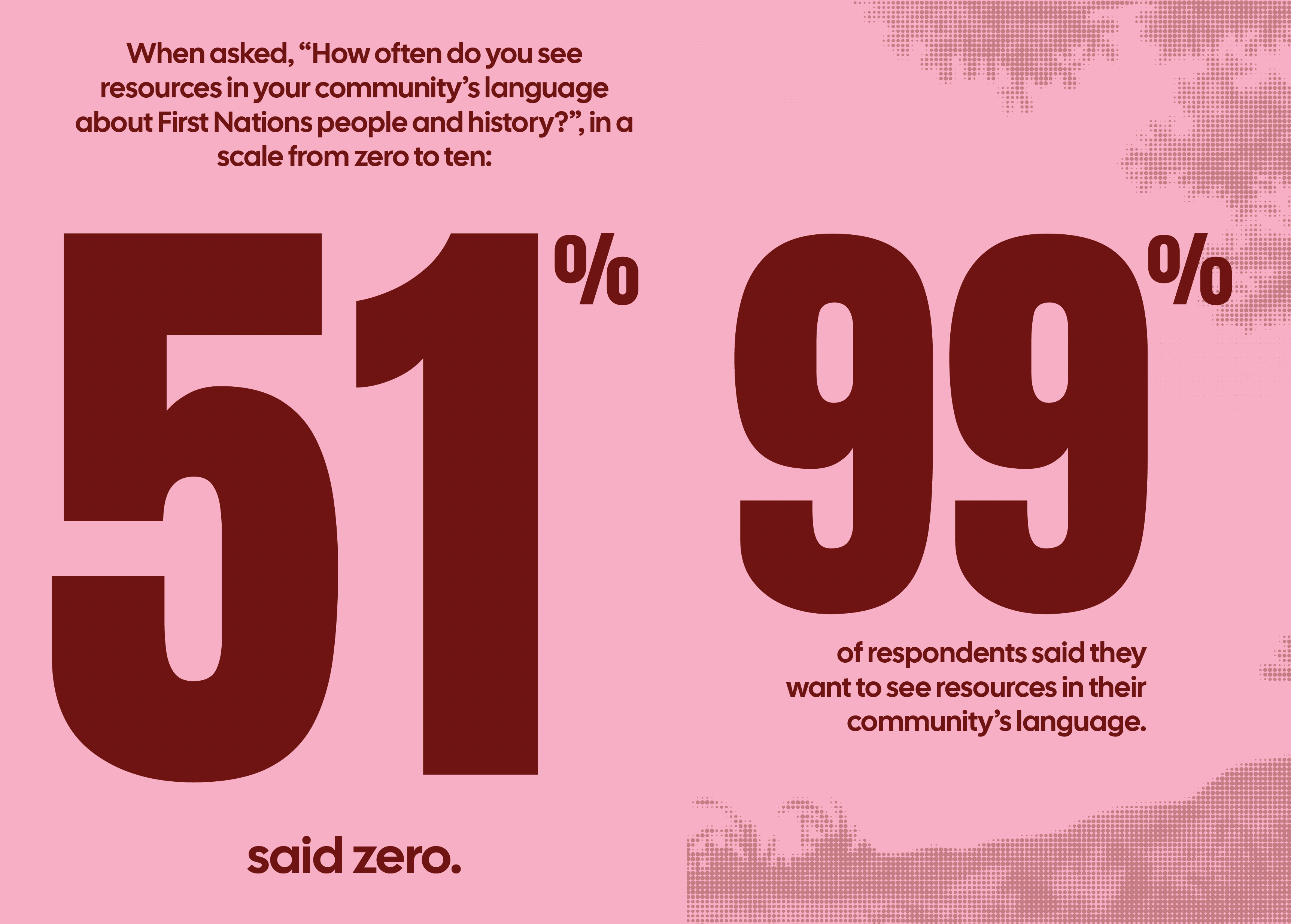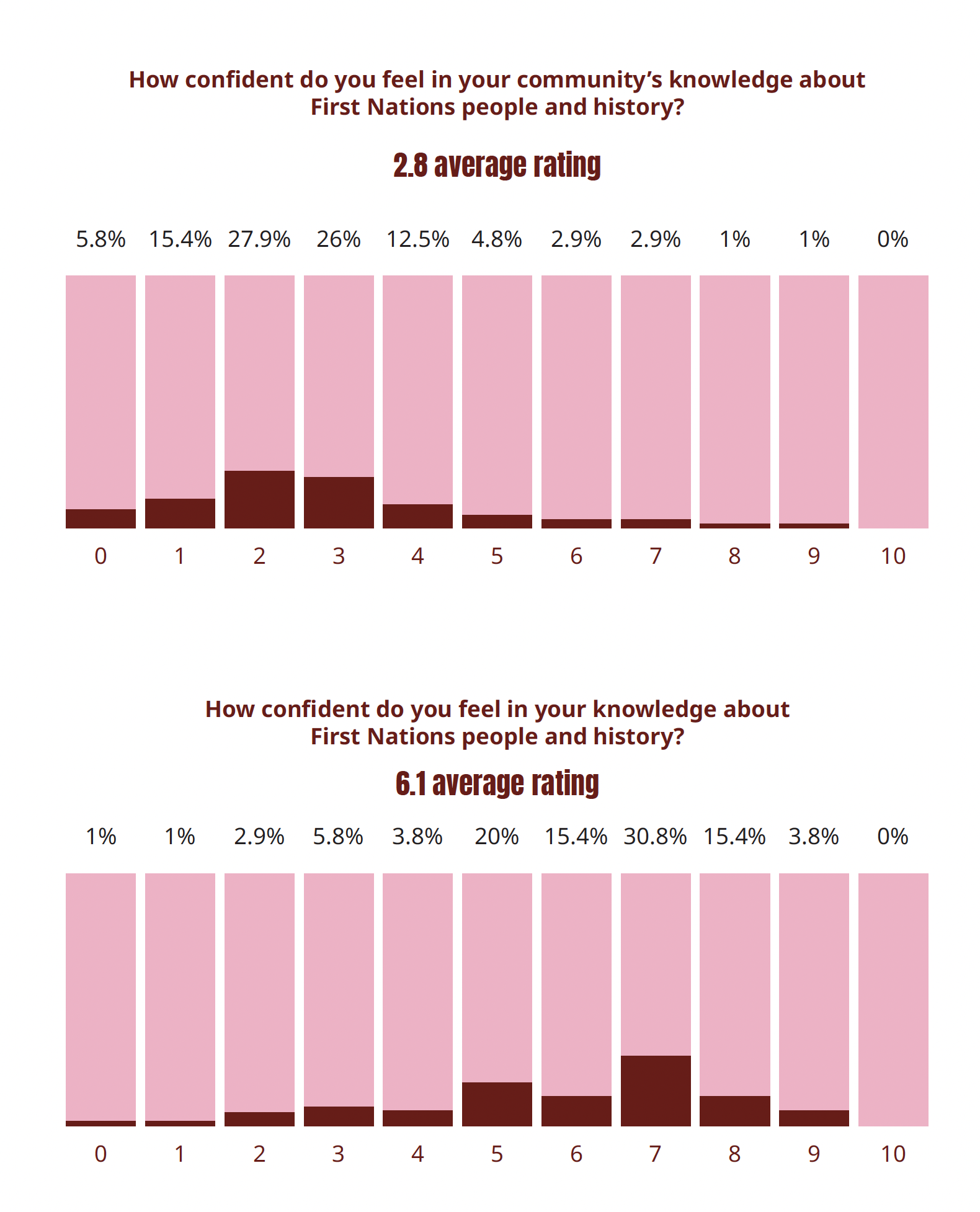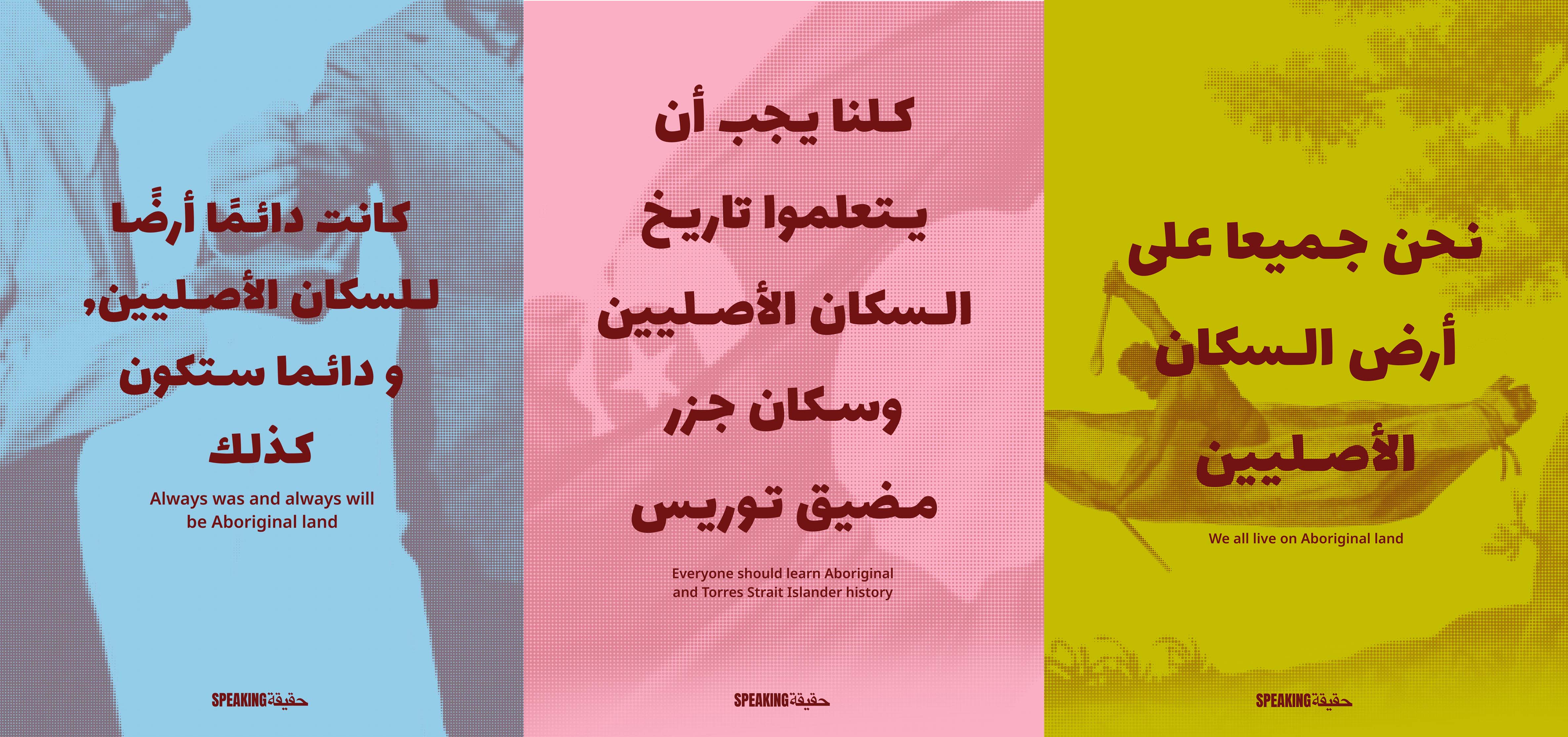We acknowledge all First Peoples of this land and celebrate their enduring connections to Country, knowledge and stories. We pay our respects to Elders and Ancestors who watch over us and guide Aboriginal and Torres Strait Islander community.

Phoebe McIlwraith’s project SPEAKINGTRUTH explores the power of in-language storytelling to meet the needs of a multilingual Australia which forms part of Common Ground's truth-telling series – Weaving Truths.
Phoebe McIlwraith’s project SPEAKINGTRUTH explores the power of in-language storytelling to meet the needs of a multilingual Australia.
Grounded in community insights, the project explores how accessible, in-language resources can support multicultural communities to build stronger, more accurate understandings of First Nations peoples and cultures.
By eliminating misinformation and strengthening shared knowledge, SPEAKINGTRUTH builds deeper connection and community resilience.
The following information is contained in the SPEAKINGTRUTH founding report – download the PDF version here.
Surveying multilingual Australians on in-language content about First Nations people.
Ngali na jugun, ngali garima malla jugun.
These lands and waters have been cherished for tens of thousands of years.
No matter where you are in ‘Australia’, you are living and working on someone’s beloved homeland.
We must acknowledge the original custodians and do our part to care for Country.
Always and forever, First Nations land.
This continent has always been multicultural, before colonisation hundreds of distinct Aboriginal and Torres Strait Islander peoples lived across these lands. We lived alongside each other with different languages, cultures and spiritualities but shared values of care for Country, love of ancestors and our descendants.
We are still here and still remain multicultural within our broader First Nations communities. Everyday we share story, language and ideas with each other – emphasising shared values and embracing our differences.
The latest census shows that this continent is multicultural and multilingual – with 27% of Australians born overseas, 48% have a parent that was born overseas and 22% speak a language other than English at home. But people across the continent are still struggling to connect to the first communities that were here, us – First Nations people.
There are still misconceptions and misinformation circling in communities, especially through misleading translations on social media.
This survey was conducted over a two week period and 104 people responded. They identified as being multilingual or coming from multilingual communities. They answered questions to initially gauge the interest for and needs of multilingual content about First Nations people, history and culture.
As you flick through this short report, the graphics will help convey the excitement of multilingual communities to engage with First Nations people in language.
It will also reflect the ambitions of multilingual Australians to connect with their communities and maintain their ancestral languages, while engaging in the issues that matter to the Country they call home.
We [want to] understand the history of First Nations people who have lived on this land for the longest time, the impacts of colonisation, how First Nations struggles are intertwined with the racism experienced by migrants and refugees, and how our communities can be allies.
The first half of the survey was demographic questions, in order to gauge where is the current audience reach, how can these be utilised and what is being missed.
These included questions of age, ethnicity, current postcode, what language is spoken at home, and where they and their parents were born.
Over 80% of the survey reach are respondents aged under 34, with distinct gaps in respondents that are school aged or above 45.
Almost half of the respondents were born in Australia and over half are migrants to Australia.
The respondents also come/descend from over 50 different regions and five out of seven continents, representing an exciting diversity of languages and cultural identities.


These parts of the Australian community have needs that are not being met. A lack of in-language resources correlates with critically low level of confidence in community knowledge of First Nations people.
Digital resources are a popular choice to distribute information, with 89% of respondents saying they would be interested in assets made for social media like Instagram. Social assets also went into specific community needs like:
There was also the desire for physical mediums to start or aid conversations such as t-shirts (50%), stickers, pamphlets, infosheets, flyers, posters and zines: “Wearing a t-shirt would be a really good conversation starter, and I can see these resources as a great aid to facilitate these conversations.”
There was also an interest in longer form in-language articles produced by First Nations people to help multicultural young people gain relevant vocabularies to discuss Australian politics and engage with their communities: “We share a language but it’s hard to talk about history, politics and human rights with my limited vocabulary.”

The SPEAKINGTRUTH project has launched a website, this founding report and a drop of multilingual posters in five languages, three phases and five colourways.
The platform houses a form for community-submitted translations and high-quality PDF resources that are available on a pay-what-you-can scale.
The project will be updated on a volunteer basis while applying for funding to create further reports, engage translators for articles, run paid roundtables with multilingual community members, and extend into non-digital resources.
Visit the SPEAKINGTRUTH website for more information.
A series of posters have been translated to five languages saying:
These are available in:
